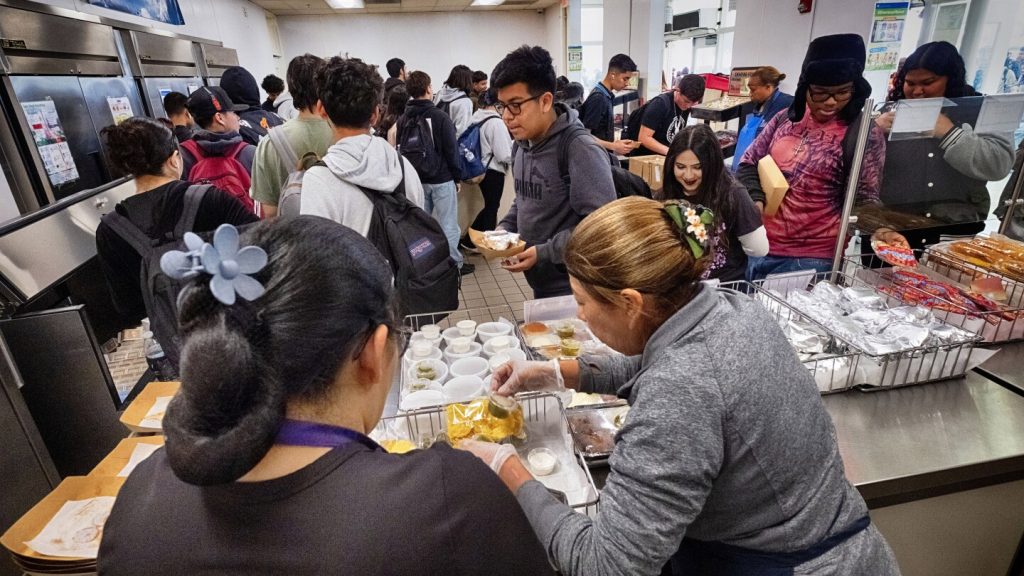California’s new minimum wage law of $20 per hour for fast food workers could have unintended consequences for public schools, forcing districts to compete for cafeteria workers. Demand for school meals is at an all-time high in California due to a state law guaranteeing free meals for all students, regardless of income. However, the turnover rate for cafeteria workers is high, and the minimum wage increase for fast food workers could make it even harder for schools to find and retain employees.
Some school districts in California have already taken steps to compete with fast food chains for workers by increasing wages and offering more attractive positions. The Sacramento Unified School District raised wages for food service workers by 10% last year and an additional 6% this year to reach $20 per hour. Similarly, San Luis Coastal Unified doubled its food service staff and limited entry-level positions to focus on hiring for more skilled roles. The Services Employees International Union California supports the wage increase, but some districts are limited in what they can offer due to budget constraints.
While the wage increase for fast food workers presents a challenge for school districts in terms of hiring and retaining staff, there are other incentives that schools can offer. These include health insurance, paid vacation, predictable hours, and a pension plan, which could make working in a school cafeteria more attractive than a fast food job. Despite the challenges, school districts are in a good position to compete for workers based on the benefits and stability they can provide.
Lawmakers have not mandated a raise for school food workers due to the complexities of the state’s school funding formula and budget constraints. Advocacy groups have proposed incentive programs to attract and retain workers, but these ideas have not been included in the governor’s budget proposal. With the state facing a multibillion dollar budget deficit, spending on new programs is limited. School districts are encouraged to focus on the benefits they can offer beyond wages to attract and retain quality employees.
While some school food service workers are considering other job opportunities due to the wage increase for fast food workers, others appreciate the stability and sense of community that working in a school cafeteria provides. Despite the challenges presented by the new minimum wage law, school districts can focus on the benefits they can offer, such as health insurance and retirement plans, to attract and retain workers. It remains to be seen how districts will adapt to the changing landscape of the labor market in response to the wage increase for fast food workers in California.


